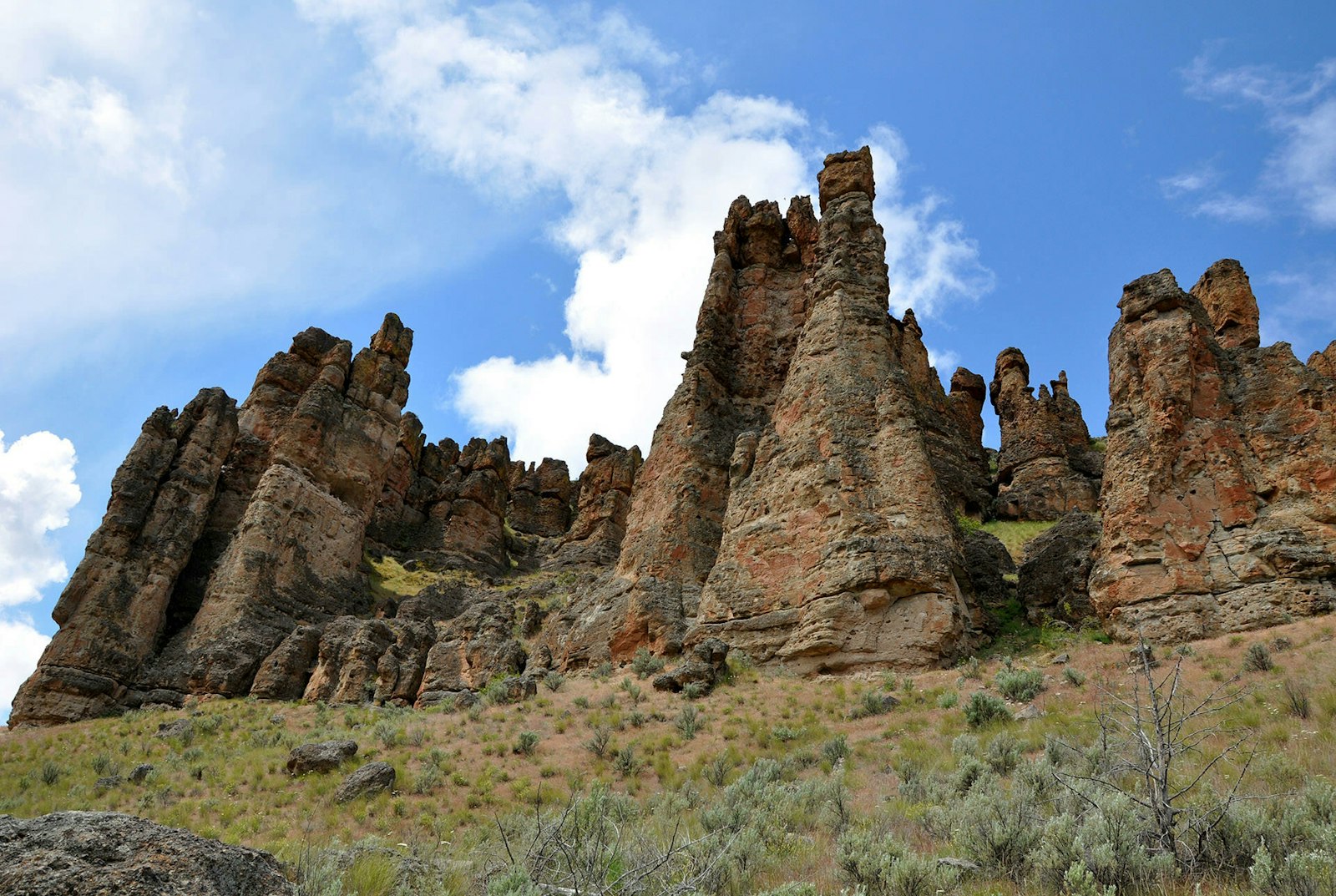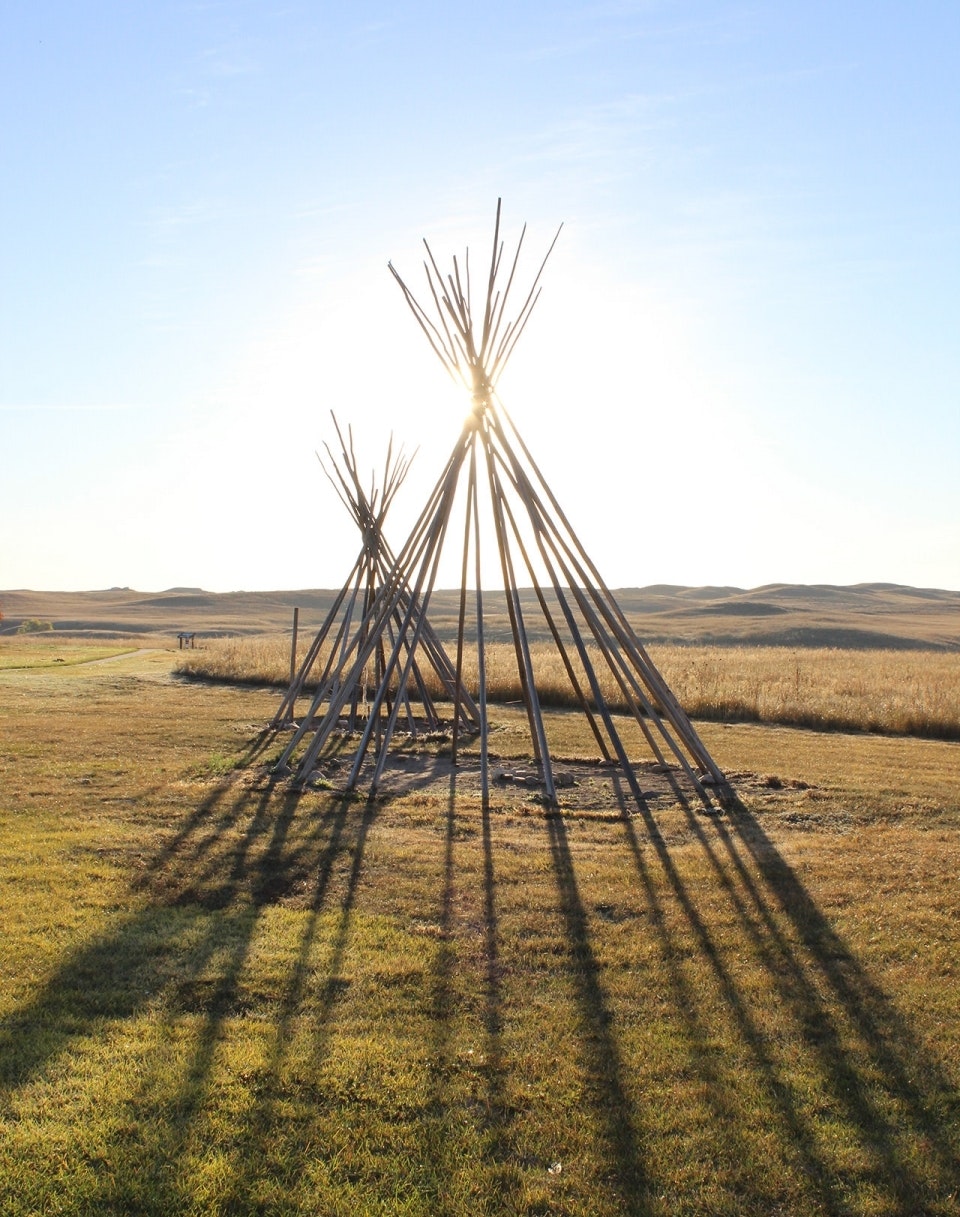
Agate Fossil Beds National Monument

Land is not merely soil, it is a fountain of energy flowing through a circuit of soils, plants, and animals.
Agate Fossil Beds National Monument is located in a unique unglaciated area of the High Plains, with wetlands stretching out from the river and buttes which contain important information about the life of mammals in the Miocene Epoch.
During the Miocene, when the land was a grass savanna, it was home to prehistoric creatures such as the Dinohyus (giant pig-like animal), Stenomylus (small gazelle-camel), and Menoceras (short rhinoceros). These animals’ hoofprints, as well as layers of fossilized bones, can be found throughout Agate. To preserve these rich fossil deposits and their geological contexts, the park was founded amidst today's natural ecosystem.
Visitors to the park can also explore the more recent history of the area. The monument’s museum collection contains many interesting artifacts from the era when Captain James H. Cook, who befriended Native Americans traveling in the area and amassed an impressive collection of gifts from them, owned a nearby ranch.